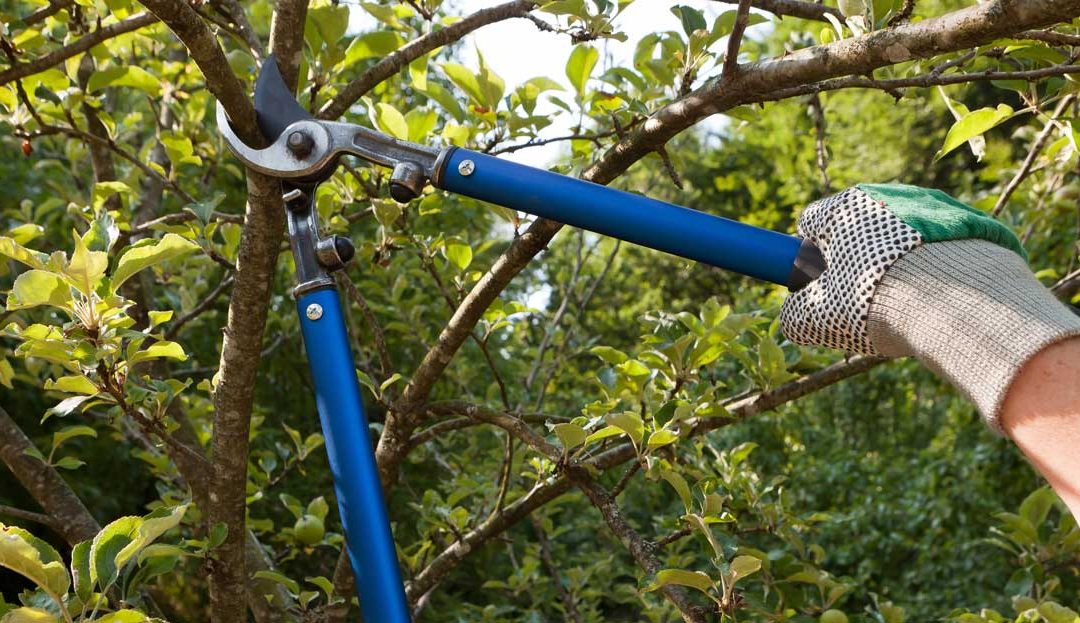Written by Executive Roof Services and published on https://baumtreecare.com/.
Pruning is the most common tree maintenance procedure. Although forest trees grow quite well with only nature’s pruning, landscape trees require a higher level of care to maintain their structural integrity and aesthetics. Pruning must be done with an understanding of tree biology. Improper pruning can create lasting damage or even shorten the tree’s life.
Table of Contents
PREVENTATIVE MAINTENANCE PRUNING

We have all seen the damage severe weather can do to our trees. When trees are overloaded by wind or ice, catastrophic damage can occur. When this happens many trees can be restored with proper pruning but some will be mortally wounded and need to be removed. Regular preventative pruning can drastically lower the chances of failure and over the long term can be more cost-effective than tree removal.
WHAT CAUSES TREES TO FAIL?
There can be many defects in a tree that may lead to the tree becoming damaged. Some of the most common defects are:
- Weak unions (decay, included bark)
- Exposed branches
- Cracks
- Damage done by previous storms
- Improper pruning techniques
- Damage is done by animals such as squirrels.
One of the most common reasons for failure in the Spring 2016 ice storm was soft maples (Silver Maple, Norway Maple, Manitoba Maple) with included bark. Included bark is when the crotch of the tree grows in a ‘V’ shape. This type of union has bark growing against the bark. Overtime moisture and decay can get into the union and make tear-outs more likely. Strong unions are shaped like a ‘U’. These unions are wood growing together with wood. These unions are much less likely to fail.
WHAT CAN BE DONE TO AVOID STORM DAMAGE?
Fortunately, you can do something to help prevent storm damage to your trees. Preventative maintenance pruning! An experienced arborist can assess a tree to see where the weak points are. Once the tree has been assessed there are many pruning techniques that can be used to address these weak areas.
TYPES OF PREVENTATIVE MAINTENANCE PRUNING CAN INCLUDE:
- Crown reductions remove excess weight all around the crown. This can relieve stress on branches reducing the chance of tree failure and prolonging the life of a tree. Crown reductions are usually done on mature trees with significant structural issues.
- Standard prune involves removing deadwood — branches that are interfering with each other and compromised or diseased limbs.
- Reducing limbs that are overextended can lower the risk of them failing by taking out the extra weight.
- Structural pruning is done on young trees to prevent poor structure. In mature trees, structural pruning is used to correct growth that may lead to problems.
- Clearance pruning is done when branches are interfering with buildings, other trees, and utility wires.
- Cables can also be installed in trees to help support weak unions. Adding cables and reducing the load on weak unions can significantly reduce the chance of tear-out. Cables are not effective in unions that have significant decay present.
HOW OFTEN DOES A TREE NEED TO BE PRUNED?
The answer to this question depends on the tree but a good rule of thumb is about every five years. The most important factor is that the tree is pruned at regular intervals. Young trees and mature trees alike benefit from regular pruning. Some homeowners may be concerned about the cost of regular pruning and assume that removal will keep your costs down over time. The truth is that when you break it down pruning is much more cost-effective and you get to keep your tree! For example, large tree removal can cost between $1200-$2500+. It’s a lump sum that you pay and then your tree is gone. If you were to prune that tree at regular intervals it may take up to 20 years to equal the cost of removal. During that time you enjoy the benefits of a large tree on your property including shade, energy savings, stormwater management, and aesthetics.
DOES IT REALLY HELP?
Whenever we have an ice storm we get lots of calls from people who have significant damage to their trees. We also spend time calling around to our clients with mature trees with structural issues to make sure everything is okay. We frequently hear from our clients how happy they are that we had pruned their trees in the previous years because they had little to no damage.
Even old Sugar Maples with decay and large cavities are spared from severe damage because of the structural pruning that was done. In one case, a Walnut that had received a crown reduction was the only tree in the yard that didn’t have damage. The whole yard was covered in debris except under the Walnut. Preventative pruning does work and it may save your tree.
Original post here https://baumtreecare.com/preventative-maintenance-pruning/.

